Formula 1 and endurance racing, two of the most exhilarating motorsport disciplines, each present a unique set of rules and strategies that captivate fans worldwide. One of the most notable differences is the ban on refueling during Formula 1 races, a stark contrast to endurance racing where refueling remains a vital component. Understanding the rationale behind this divergence sheds light on the distinctive nature of each sport.
The History of Refueling in Formula 1
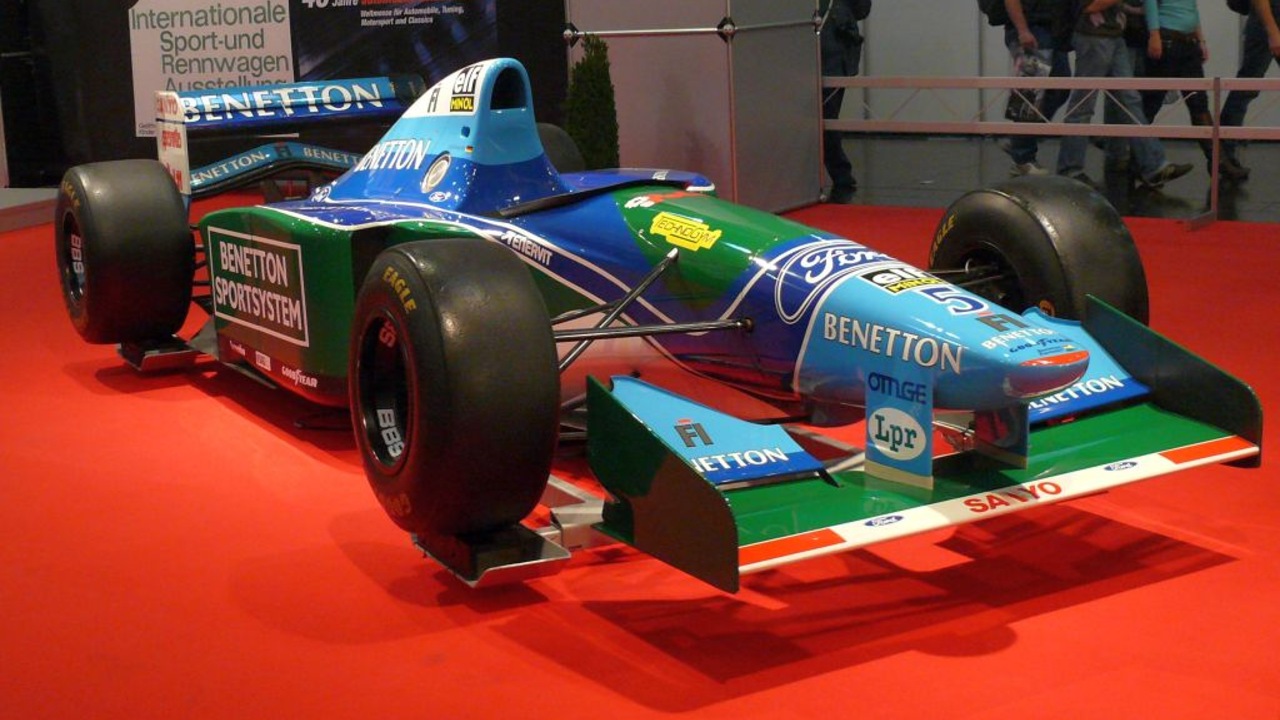
Refueling in Formula 1 has a storied past, with its rules evolving significantly over the decades. Initially introduced in the late 1980s, refueling was intended to add another layer of strategy to the races. Teams could opt for lighter fuel loads to improve speed, pitting strategically to refuel as needed. However, this practice was not without its drawbacks. In 2009, after years of debate, the FIA decided to ban refueling, effective from the 2010 season onward. This decision was influenced by various factors, including safety concerns and the desire to simplify race strategies.
Several key incidents played a significant role in the eventual ban on refueling in Formula 1. Perhaps the most infamous was the 1994 German Grand Prix, where Jos Verstappen’s car burst into flames during a pit stop, bringing the inherent dangers of refueling into sharp focus. Such incidents highlighted the potential for disaster when dealing with highly flammable liquids in the high-pressure environment of a pit lane. These events, coupled with a series of other mishaps, underscored the need for change, ultimately leading to the decision to eliminate refueling from the sport altogether.
Why Refueling is Banned in Formula 1
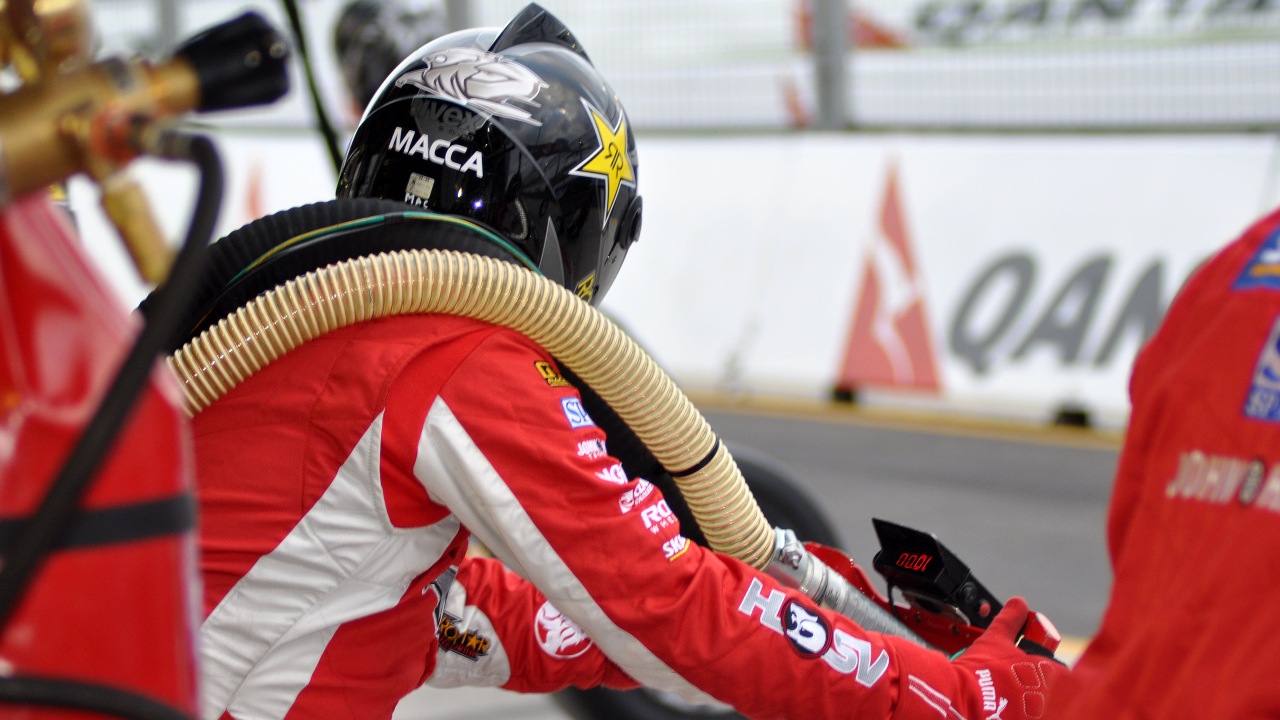
One of the primary reasons for banning refueling in Formula 1 is safety. The dangers associated with handling fuel in a high-stakes environment cannot be overstated. Pit lane fires and accidents posed significant risks not only to drivers but also to pit crew members. Eliminating refueling reduced these risks, creating a safer environment for everyone involved. Moreover, the removal of refueling also streamlined the logistics of race weekends, reducing the number of variables that teams needed to manage.
Beyond safety, financial and logistical considerations also played a crucial role in the decision to ban refueling. Transporting and handling the equipment required for refueling added significant costs to team budgets. By removing this element, Formula 1 not only reduced expenses but also simplified operations, allowing teams to focus on other strategic elements of racing. Additionally, the environmental impact of refueling was a growing concern, as the sport sought to reduce its carbon footprint. By eliminating refueling, Formula 1 teams consume less fuel, contributing to a decrease in overall emissions and aligning with the sport’s broader sustainability goals.
The Role of Refueling in Endurance Racing
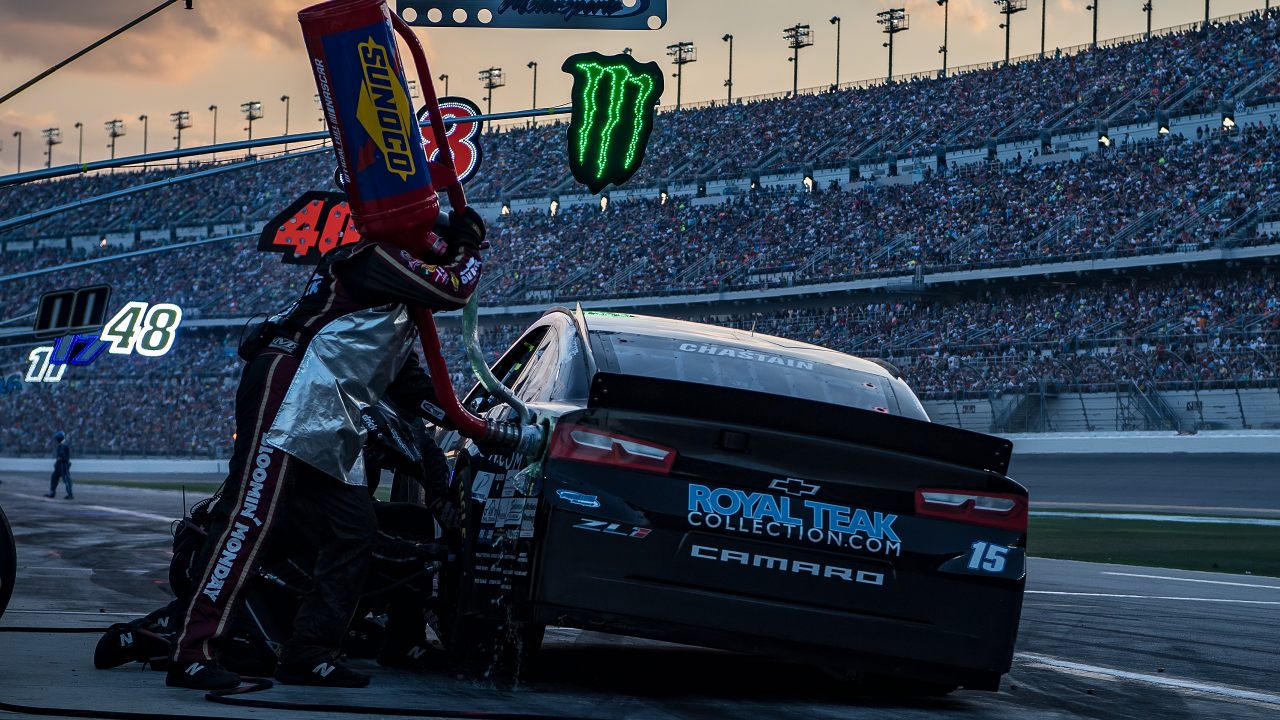
In contrast to Formula 1, refueling remains a core component of endurance racing strategy. These events, which can last anywhere from six to 24 hours, require teams to manage fuel consumption carefully to optimize performance over long distances. Refueling allows teams to adjust their strategies dynamically, letting them decide when to push for speed and when to conserve fuel. This strategic flexibility is a hallmark of endurance racing, adding an extra layer of complexity and intrigue to the sport.
The technical and team challenges associated with refueling in endurance racing are considerable. Precision and efficiency during refueling stops can make or break a team’s chances of success. Teams must execute their pit stops flawlessly, ensuring that every second is optimized. This requires not only highly skilled pit crew members but also advanced technological solutions to monitor fuel levels and optimize strategies in real-time. Despite the risks associated with refueling, endurance racing has implemented stringent safety protocols to minimize hazards, ensuring that the process is as safe as possible.
Comparative Analysis: Formula 1 vs. Endurance Racing
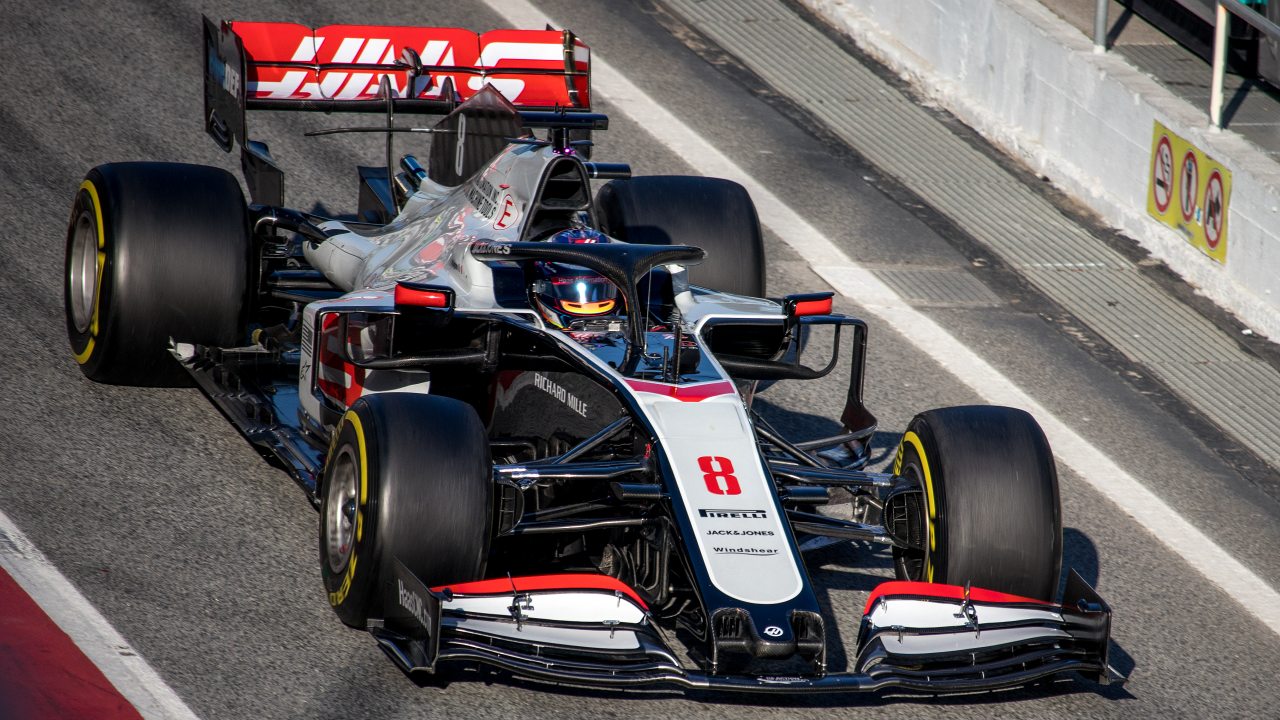
The differences in race formats between Formula 1 and endurance racing significantly influence how refueling fits into each. Formula 1 races are sprints, typically lasting around two hours, where speed and precision are paramount. In contrast, endurance races require a more measured approach, balancing speed with fuel conservation and tire management. This fundamental difference in race formats explains why refueling remains integral to endurance racing while being unnecessary in Formula 1.
Technological advancements have also influenced refueling practices in both disciplines. In endurance racing, the development of more efficient engines and advanced telemetry systems has allowed teams to optimize their fuel strategies better. Formula 1, meanwhile, continues to push the boundaries of hybrid technology, focusing on energy recovery and efficiency without the need for mid-race refueling. As technology evolves, these practices may continue to adapt, potentially leading to new approaches in both sports.
Looking to the future, it’s worth considering how refueling policies might change in response to evolving technologies and environmental considerations. While Formula 1 seems unlikely to reintroduce refueling given its current trajectory, there is always room for innovation in endurance racing. The ongoing quest for sustainability and efficiency will likely shape the future of both disciplines, impacting how teams approach the challenge of balancing speed with resource management.
The Impact on Fans and the Viewing Experience
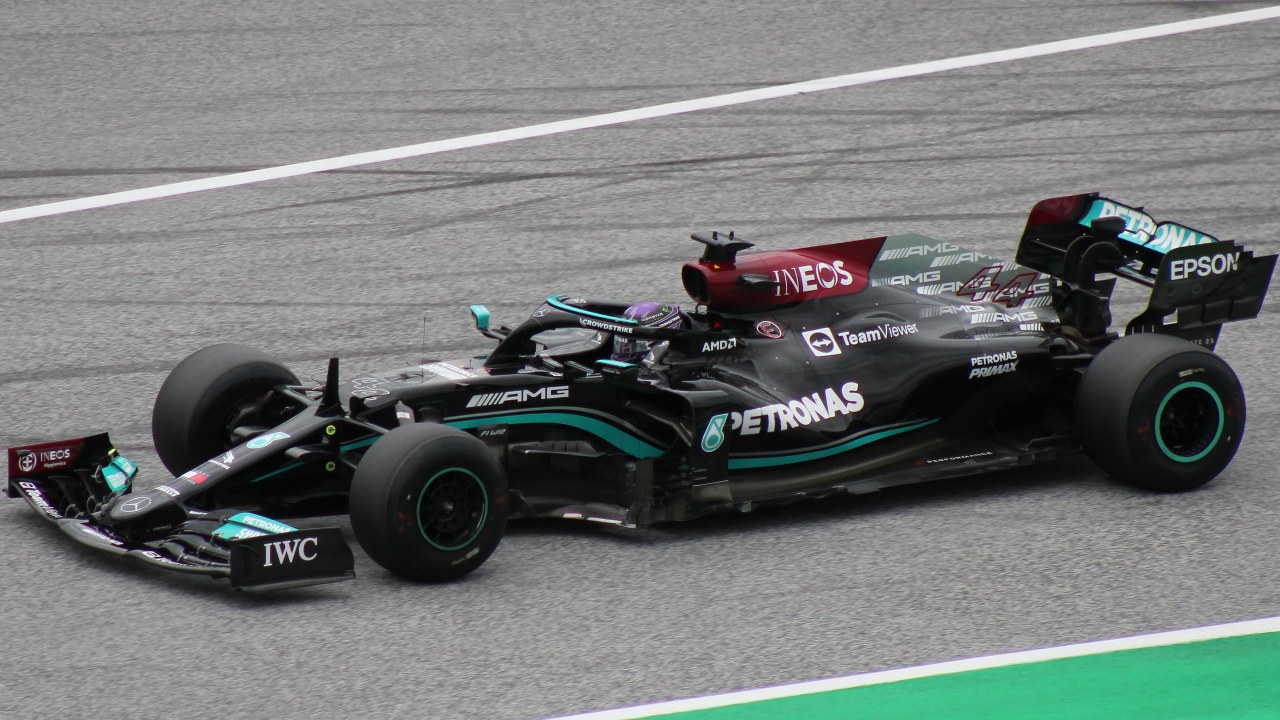
For fans, the spectacle of pit stops is a crucial element of the viewing experience in both Formula 1 and endurance racing. In endurance racing, refueling adds an element of unpredictability and excitement, as teams execute intricate strategies to gain an edge. This dynamic aspect of the sport keeps fans engaged, as the outcome of a race can hinge on the success of a single pit stop. In Formula 1, while refueling is no longer part of the equation, the focus has shifted to other elements such as tire strategy and driver skill, maintaining the sport’s inherent excitement.
Fan engagement in Formula 1 has evolved since the ban on refueling, with attention turning to other strategic components of the race. This shift has arguably enhanced the sport’s appeal, as fans become more invested in the subtleties of tire management and driver performance. The absence of refueling has not diminished the intensity of competition; rather, it has highlighted other aspects that contribute to the drama and thrill of each race.
The impact of refueling on media and broadcast dynamics is also noteworthy. In endurance racing, the strategic complexity of refueling provides rich storytelling opportunities for broadcasters, allowing them to delve into the intricacies of team strategies and decision-making processes. This depth of content enhances the viewer experience, offering insights into the technical and tactical aspects of the sport that might otherwise go unnoticed.
Like Fast Lane Only’s content? Be sure to follow us.
Here’s more from us:
*Created with AI assistance and editor review.

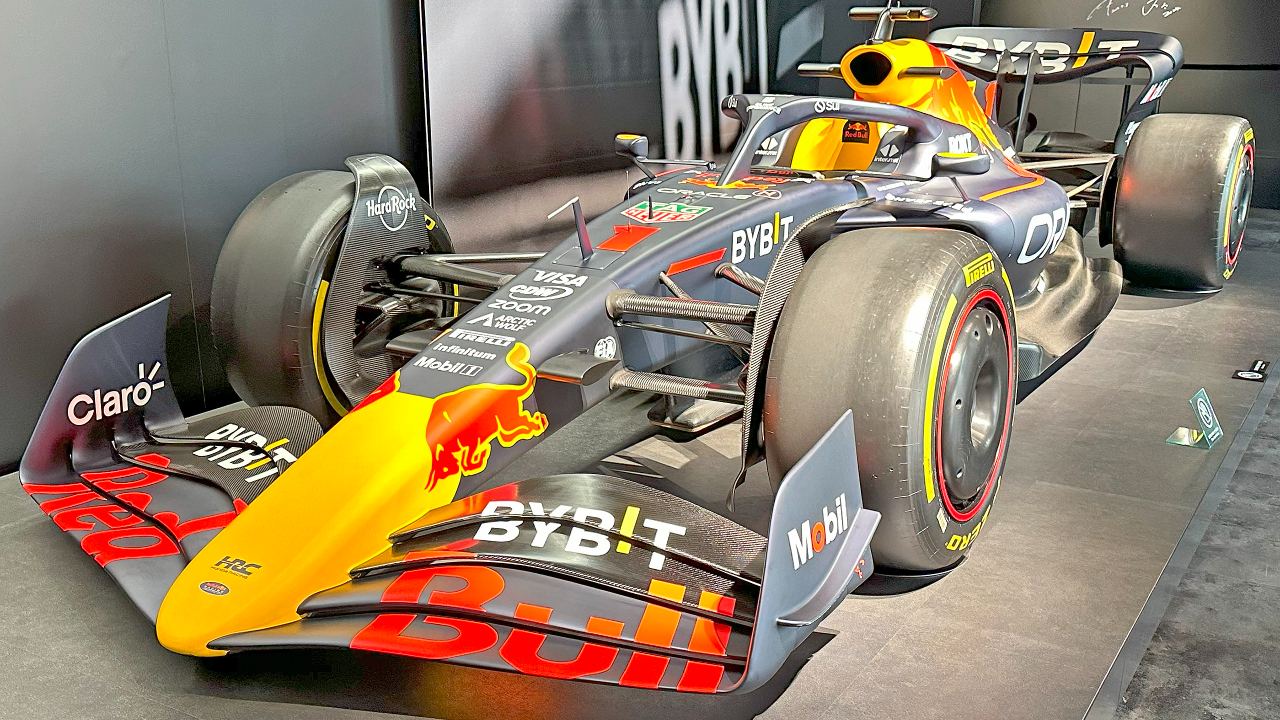





Leave a Reply